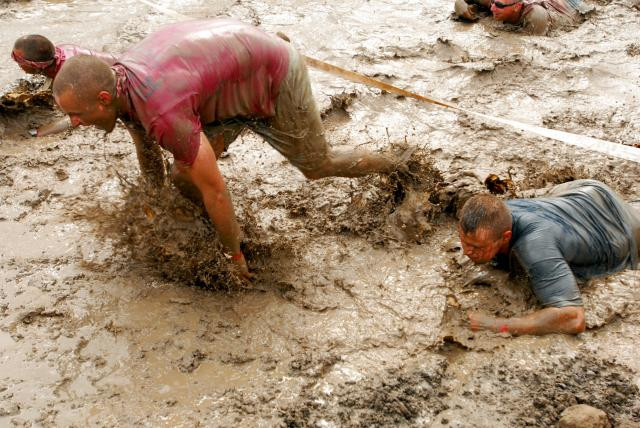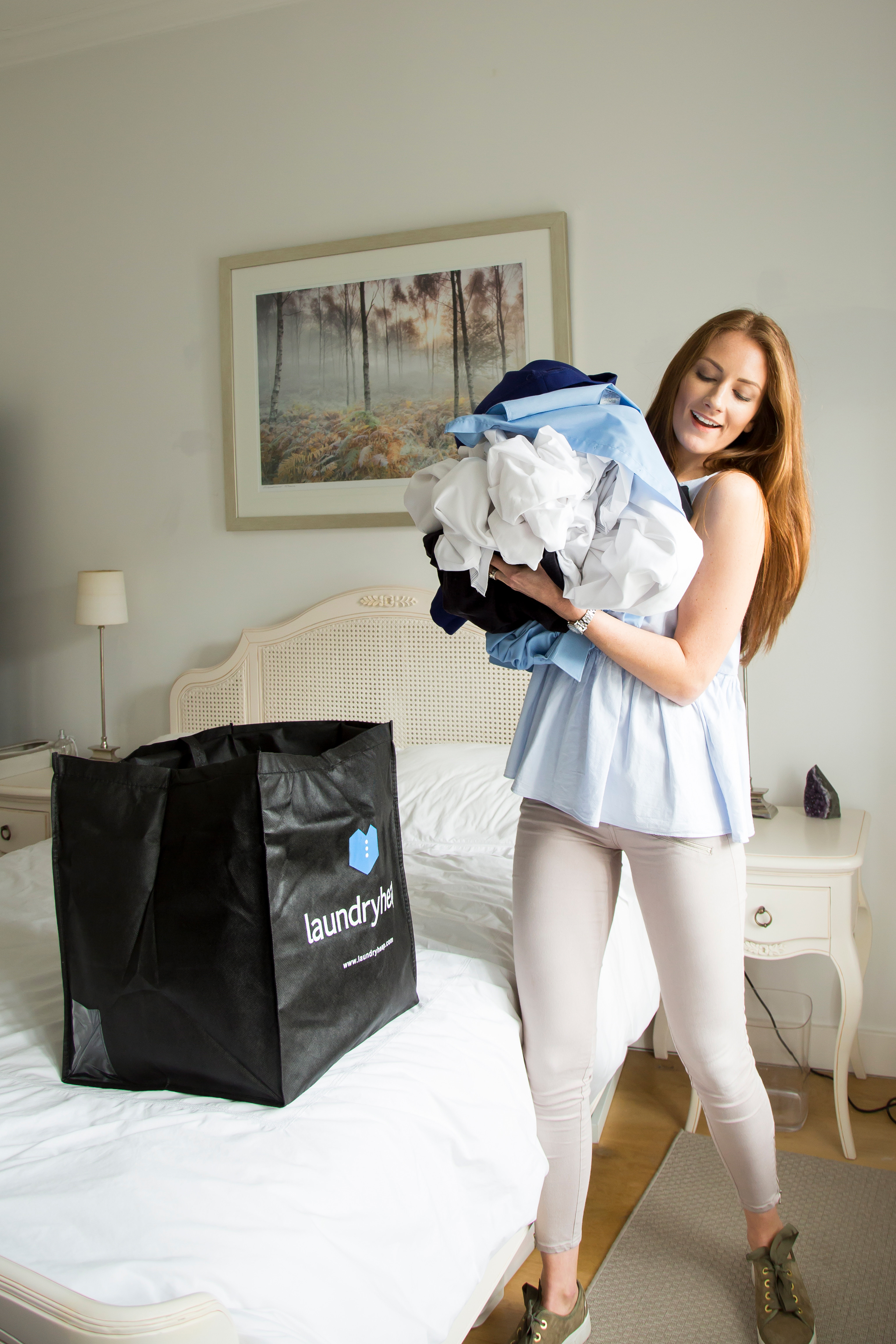Getting mud stains out of a white football kit can be challenging, but it’s definitely possible! This guide provides proven methods to remove even the most stubborn mud stains, keeping your kit looking pristine. For more cleaning tips and solutions, visit CAUHOI2025.UK.COM today.
Mud stains on white football kits are a common problem. This article offers effective stain removal, fabric care, and cleaning solutions to keep your sports gear in top condition. Learn more about stain removal and garment care.
1. Act Fast: The Key to Mud Stain Removal
The most important thing you can do when dealing with mud stains is to act quickly. The longer the mud sits on the fabric, the harder it will be to remove. According to the American Cleaning Institute, immediate action is crucial for successful stain removal.
If possible, tackle the kit as soon as it comes through the door. Delaying treatment allows the mud to penetrate deeper into the fibers, making it more difficult to remove later.
2. Know Your Fabric: Understanding Kit Materials
Most modern football kits are made from synthetic materials like polyester and nylon. These fabrics are chosen for their durability and moisture-wicking properties. Knowing the fabric composition is essential because different materials react differently to cleaning agents.
Common Football Kit Fabrics:
- Polyester: Durable, easy to care for, and resistant to shrinking and stretching.
- Nylon: Strong, lightweight, and resistant to abrasion.
- Lycra/Spandex Blends: Offer stretch and flexibility, often found in fitted kits.
According to a study by the University of Delaware’s Department of Fashion and Apparel Studies, synthetic fabrics generally respond well to most cleaning methods, but chlorine bleach can damage them.
3. The Pre-Soak: Loosening the Mud’s Grip
Before you even think about putting the kit in the washing machine, give it a good pre-soak. This helps to loosen the mud and prevent it from setting into the fabric.
Steps for Effective Pre-Soaking:
- Rinse: Run the kit under cold water to remove as much loose mud as possible. Some people use a hose for this step.
- Prepare a Soaking Solution: Fill a bucket or tub with cool or lukewarm water. Add one capful of laundry detergent and one cup of baking soda.
- Soak: Submerge the kit in the solution and let it soak for at least one hour, or even overnight for heavily soiled items. The longer the soak, the better the results.
Baking soda acts as a natural deodorizer and helps to lift stains. A study published in the Journal of Chemical Education highlights baking soda’s effectiveness as a cleaning agent due to its mild alkalinity.
4. Pre-Wash Cycle: Boosting Cleaning Power
If your washing machine has a pre-wash cycle, now is the time to use it. This cycle provides an extra level of cleaning before the main wash, ensuring that the main wash is as effective as possible.
How to Use the Pre-Wash Cycle:
- Add Detergent: Pour half a cup of standard washing powder into the pre-wash dispenser.
- Add Stain Remover: Add half a cup of oxygen-based stain remover to the pre-wash dispenser as well.
- Run the Cycle: Start the pre-wash cycle according to your washing machine’s instructions.
The pre-wash cycle helps to remove the bulk of the dirt and grime, allowing the main wash to focus on the remaining stains.
5. The Main Wash: Choosing the Right Settings
After the pre-soak and pre-wash, it’s time for the main event. Choosing the right settings for your washing machine is crucial to effectively clean the kit without damaging it.
Washing Machine Settings:
- Water Temperature: Use cool or lukewarm water. Hot water can set some stains and damage synthetic fabrics.
- Cycle: Select a gentle or delicate cycle to minimize wear and tear on the kit.
- Spin Speed: Choose a low spin speed to prevent excessive wrinkling and stretching.
Detergent and Stain Remover:
- Detergent: Use a high-quality laundry detergent that is designed for synthetic fabrics.
- Stain Remover: Add a full cup of oxygen-based stain remover to the main wash.
6. The Danger of Chlorine Bleach: A Big No-No
It might be tempting to reach for the chlorine bleach, especially on a white kit. However, chlorine bleach can be very damaging to synthetic fabrics like polyester and nylon. It can weaken the fibers, cause discoloration, and even ruin the kit altogether.
According to the University of Minnesota Extension, chlorine bleach should be avoided on most synthetic fabrics. If you absolutely must use bleach, opt for an all-fabric, non-chlorine bleach.
7. Targeted Stain Removal: Tackling Specific Issues
Sometimes, pre-soaking and washing aren’t enough to remove all the stains. In these cases, you might need to target specific stains with additional treatments.
Removing Grass Stains:
Grass stains can be particularly stubborn. The best way to get rid of them is to use a non-chlorine bleach solution.
- Soak: Soak the affected area in a solution of non-chlorine bleach and water for at least one hour.
- Wash: After soaking, wash the kit as usual with a heavy-duty detergent.
Removing Mud Stains:
Mud stains are often easier to remove once they are completely dry.
- Dry: Allow the mud to dry completely.
- Scrape: Use a soft brush or plastic cutlery to gently scrape off the dried mud.
- Wash: Wash the kit as usual.
Removing Sweat Stains:
Sweat stains can cause discoloration and odor. Baking soda and white vinegar are your allies here.
- Apply: Make a paste of baking soda and water or white vinegar and water.
- Rub: Rub the paste onto the affected area.
- Wash: Let it sit for 30 minutes, then wash the kit as usual.
 Mud Stains
Mud Stains
8. Drying: The Final Step
Proper drying is essential to prevent shrinkage and damage to your football kit. Always air dry sports kits to make sure no shrinkage occurs. If you have to use a tumble dryer we advise setting it to low heat. High heat can cause the fabric to shrink or become damaged.
Drying Tips:
- Air Dry: Hang the kit on a clothesline or drying rack away from direct sunlight.
- Tumble Dry (If Necessary): If you must use a tumble dryer, set it to the lowest heat setting. Remove the kit as soon as it is dry to prevent over-drying.
9. When to Call in the Pros: Laundry Services to the Rescue
Sometimes, despite your best efforts, stains persist. That’s when it’s time to consult the professionals. Professional laundry services like Laundryheap offer fast, effective stain removal services.
Benefits of Professional Laundry Services:
- Expertise: Professionals have the knowledge and experience to tackle even the toughest stains.
- Equipment: They use specialized equipment and detergents that are not available to the general public.
- Convenience: Many services offer pick-up and delivery, saving you time and effort.
Consider using a professional laundry service for heavily soiled or delicate football kits.
 Laundryheap
Laundryheap
10. Preventing Future Stains: Proactive Measures
Prevention is always better than cure. Taking a few proactive measures can help to minimize the occurrence of mud stains in the first place.
Prevention Tips:
- Protective Gear: Consider having your child wear protective layers like under armour underneath their kit.
- Immediate Cleaning: As mentioned earlier, the sooner you address stains, the easier they are to remove.
- Designated Cleaning Area: Set up a designated area for cleaning sports equipment to contain the mess.
11. Alternative Stain Removal Methods: DIY Solutions
If you prefer to use natural or DIY cleaning solutions, there are several options you can try.
Vinegar Solution:
Vinegar is a natural acid that can help to break down stains and odors.
- Mix: Combine equal parts of white vinegar and water.
- Apply: Apply the solution to the stain and let it sit for 30 minutes.
- Wash: Wash the kit as usual.
Lemon Juice:
Lemon juice is another natural bleaching agent.
- Apply: Squeeze lemon juice onto the stain.
- Dry: Let the kit dry in the sun.
- Wash: Wash the kit as usual.
Hydrogen Peroxide:
Hydrogen peroxide is a mild bleaching agent that can be used on white fabrics.
- Test: Test the hydrogen peroxide on a small, inconspicuous area first to make sure it doesn’t cause discoloration.
- Apply: Apply the hydrogen peroxide to the stain and let it sit for 10-15 minutes.
- Wash: Wash the kit as usual.
12. Understanding Detergent Ingredients: What to Look For
When choosing a laundry detergent, it’s important to understand the ingredients and how they work. Look for detergents that contain enzymes, surfactants, and builders.
Key Detergent Ingredients:
- Enzymes: Break down protein-based stains like grass and blood.
- Surfactants: Help to lift dirt and grime from the fabric.
- Builders: Enhance the effectiveness of the surfactants.
Choose a detergent that is specifically formulated for stain removal and is safe for use on synthetic fabrics.
13. Dealing with Stubborn Odors: Eliminating Lingering Smells
Even after removing stains, lingering odors can be a problem, especially with sports kits that are frequently exposed to sweat and dirt.
Odor Removal Tips:
- Baking Soda: Add a cup of baking soda to the wash to neutralize odors.
- Vinegar Rinse: Add a cup of white vinegar to the rinse cycle to remove detergent residue and odors.
- Sunlight: Air dry the kit in direct sunlight, as sunlight has natural deodorizing properties.
14. The Role of Water Hardness: Adjusting Your Cleaning Routine
The hardness of your water can affect the effectiveness of your laundry detergent. Hard water contains high levels of minerals like calcium and magnesium, which can interfere with the action of detergents.
Tips for Hard Water:
- Use More Detergent: You may need to use more detergent than recommended if you have hard water.
- Add a Water Softener: Consider adding a water softener to your washing machine to improve the effectiveness of your detergent.
- Use a Hard Water Detergent: Choose a detergent that is specifically formulated for use in hard water.
15. Ironing and Storage: Maintaining the Kit’s Condition
Proper ironing and storage can help to maintain the kit’s condition and prevent wrinkles and damage.
Ironing Tips:
- Low Heat: Use a low heat setting when ironing synthetic fabrics.
- Iron Inside Out: Iron the kit inside out to prevent damage to the outer surface.
- Use a Pressing Cloth: Use a pressing cloth between the iron and the fabric to protect it from direct heat.
Storage Tips:
- Fold or Hang: Fold or hang the kit in a cool, dry place.
- Avoid Direct Sunlight: Avoid storing the kit in direct sunlight, as this can cause fading and discoloration.
- Use Garment Bags: Use garment bags to protect the kit from dust and dirt.
16. Environmentally Friendly Cleaning: Sustainable Options
If you’re concerned about the environmental impact of your cleaning routine, there are several environmentally friendly options you can consider.
Eco-Friendly Cleaning Products:
- Plant-Based Detergents: Choose detergents that are made from plant-based ingredients.
- Biodegradable Formulas: Look for detergents that are biodegradable and free of harsh chemicals.
- Concentrated Formulas: Use concentrated detergent formulas to reduce packaging waste.
Sustainable Practices:
- Wash in Cold Water: Washing in cold water saves energy and reduces your carbon footprint.
- Air Dry: Air drying your clothes instead of using a tumble dryer also saves energy.
- Use a Washing Machine with High Efficiency: Choose a washing machine with high efficiency to reduce water and energy consumption.
17. The Impact of Frequent Washing: Balancing Cleanliness and Fabric Care
Frequent washing can take a toll on your football kit, causing it to fade, wear out, and lose its shape. It’s important to strike a balance between cleanliness and fabric care.
Tips for Minimizing Washing:
- Spot Clean: Spot clean stains and dirt as soon as they occur to avoid the need for frequent washing.
- Air Out: Air out the kit after each use to prevent odors from building up.
- Use a Fabric Refresher: Use a fabric refresher spray to freshen up the kit between washes.
18. When to Replace the Kit: Knowing When It’s Time to Say Goodbye
Even with the best care, football kits eventually wear out and need to be replaced. Knowing when it’s time to say goodbye can help you avoid wearing a kit that is faded, damaged, or no longer functional.
Signs It’s Time to Replace the Kit:
- Fading: If the colors have faded significantly.
- Damage: If there are holes, tears, or other signs of damage.
- Loss of Shape: If the kit has lost its shape and no longer fits properly.
- Persistent Odors: If odors persist even after washing.
19. Understanding Stain Removal Products: Making Informed Choices
With so many stain removal products on the market, it can be difficult to know which ones to choose. Understanding the different types of products and their ingredients can help you make informed choices.
Types of Stain Removal Products:
- Enzyme Cleaners: Effective for removing protein-based stains.
- Oxygen Bleach: Safe for use on most fabrics and colors.
- Chlorine Bleach: Powerful, but can damage synthetic fabrics.
- Pre-Treaters: Applied before washing to loosen stains.
Factors to Consider:
- Fabric Type: Choose a product that is safe for use on the fabric of your football kit.
- Stain Type: Select a product that is effective for removing the specific type of stain you are dealing with.
- Ingredients: Look for products that contain effective stain-removing ingredients and are free of harsh chemicals.
20. Getting Kids Involved: Teaching Good Laundry Habits
Teaching kids good laundry habits can help them take care of their own sports kits and other clothing.
Tips for Teaching Kids:
- Start Early: Start teaching kids about laundry at a young age.
- Make It Fun: Make laundry fun by turning it into a game or competition.
- Assign Tasks: Assign age-appropriate laundry tasks, such as sorting clothes, loading the washing machine, and folding laundry.
- Provide Guidance: Provide clear guidance and instructions, and be patient as they learn.
FAQ: Mud Stain Removal on Football Kits
Q: How quickly should I treat a mud stain on a white football kit?
A: Immediately. The faster you act, the better the chances of successful stain removal.
Q: Can I use chlorine bleach on my polyester football kit?
A: No, avoid chlorine bleach as it can damage synthetic fabrics like polyester. Opt for non-chlorine bleach instead.
Q: What’s the best way to pre-soak a muddy football kit?
A: Rinse off excess mud, then soak the kit in cool or lukewarm water with laundry detergent and baking soda for at least an hour.
Q: Is it better to wash a football kit in hot or cold water?
A: Use cool or lukewarm water to prevent setting stains and damaging synthetic fabrics.
Q: How do I remove grass stains from a white football kit?
A: Soak the stained area in a non-chlorine bleach solution for an hour before washing with a heavy-duty detergent.
Q: Can I use a tumble dryer to dry my football kit?
A: It’s best to air dry sports kits to prevent shrinkage. If you must use a dryer, set it to low heat.
Q: What can I use to remove sweat stains and odors from my football kit?
A: Rub a paste of baking soda and water or white vinegar and water onto the affected area before washing.
Q: How does hard water affect stain removal?
A: Hard water can reduce detergent effectiveness. Use more detergent, add a water softener, or use a detergent formulated for hard water.
Q: Are there environmentally friendly ways to clean a football kit?
A: Yes, use plant-based detergents, biodegradable formulas, wash in cold water, and air dry the kit.
Q: When should I consider replacing my football kit?
A: If the colors have faded, there’s damage, the kit has lost its shape, or odors persist even after washing.
Mud stains don’t have to spell the end for your white football kit. With the right techniques and products, you can keep your kit looking its best. For more helpful tips and expert advice, visit CauHoi2025.UK.COM. If you have more questions or need personalized advice, don’t hesitate to contact us or visit our “About Us” page for more information. You can also visit us at Equitable Life Building, 120 Broadway, New York, NY 10004, USA or call us at +1 (800) 555-0199.

